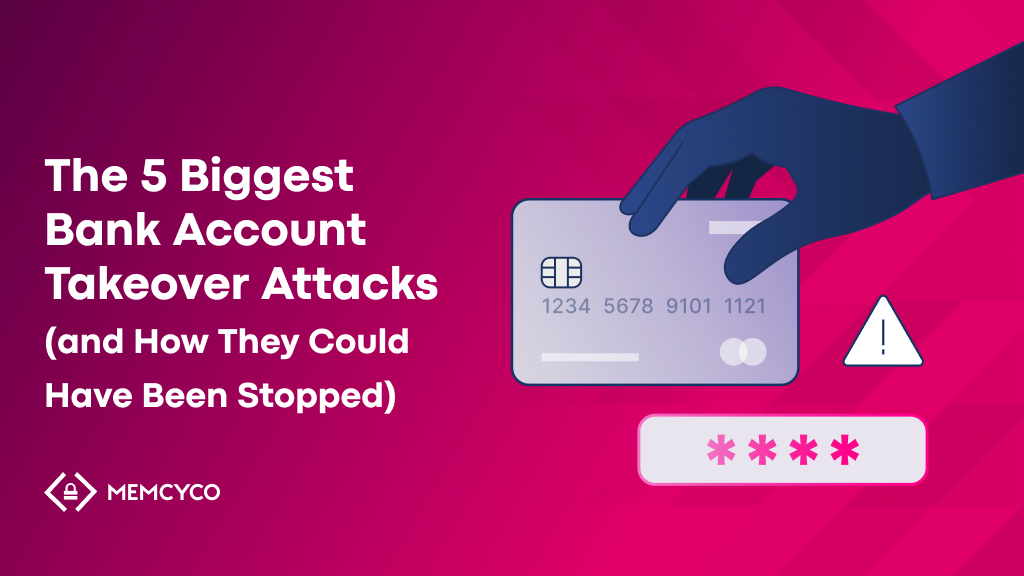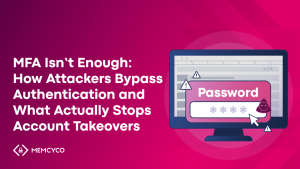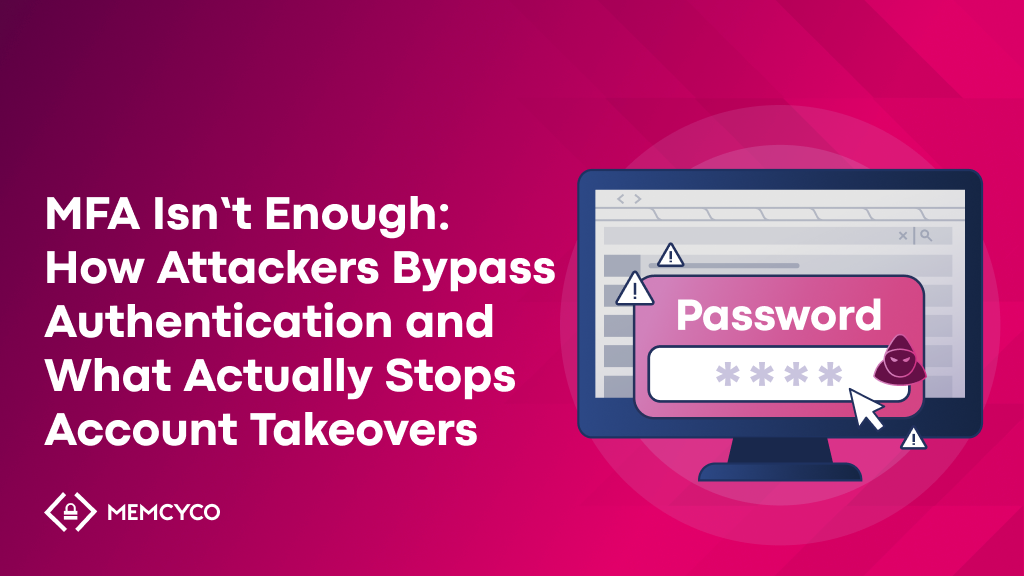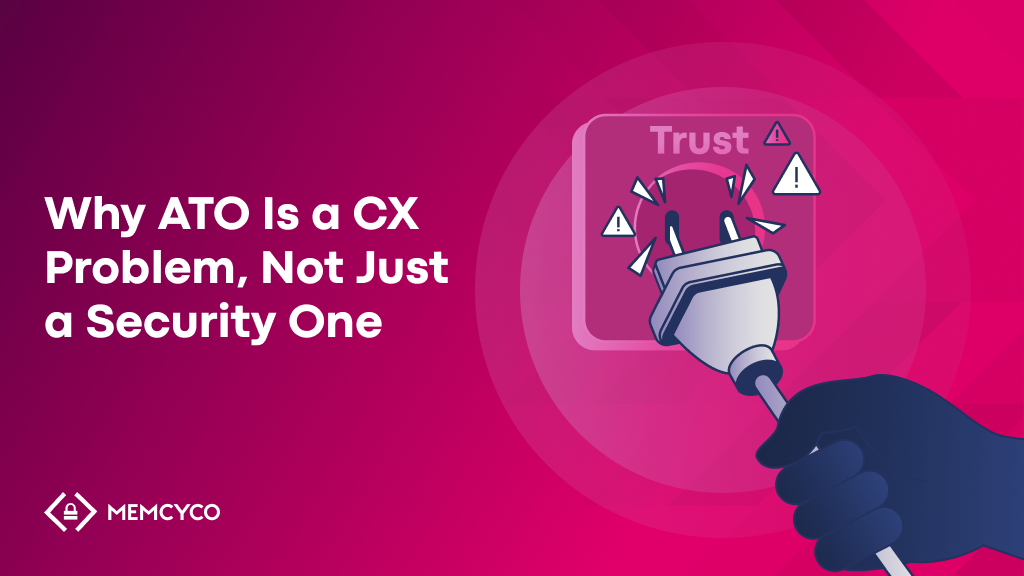Bank account takeover fraud is a growing global threat, costing financial institutions and customers billions each year. Attackers are refining their tactics, blending phishing, credential stuffing, and mobile malware to bypass traditional defenses. For banks, the stakes are high: a single breach can erode customer trust and regulatory standing overnight.
Below, we break down five of the most impactful account takeover attacks in recent years, examining what happened, how it happened, and how real-time, preemptive cybersecurity could have prevented them or significantly mitigated the damage.
1. OCBC Bank Phishing Scam (Singapore, 2021)
Incident Recap
In late 2021, over 790 customers of OCBC Bank fell victim to SMS phishing messages spoofing the bank’s sender ID. Victims were directed to realistic fake sites where they entered their credentials, enabling attackers to drain accounts. Losses exceeded S$13.7 million in just weeks.
Tactic Used
-
SMS phishing in banking
-
Fake websites designed for credential harvesting
-
Social engineering urgency
How Memcyco Could Have Helped
-
Detect: Real-time phishing site warnings (Red Alerts) when victims clicked scam links.
-
Protect: Decoy credential injection to render stolen credentials useless.
-
Disrupt: Immediate detection of spoofed domains and SEO poisoning defense to prevent indexing.
-
Reveal: Identification of individual victim identities for direct outreach before fraud occurred.
-
Pre-empt: Detection of low-reputation referrals tied to SMS campaign testing.
2. Chase Bank Phishing Kits (U.S., 2022)
Incident Recap
Phishing kits mimicking Chase’s login page were widely deployed across multiple domains. These kits were preloaded with scripts to bypass basic bot detection, harvest credentials, and even capture MFA tokens in real time.
Tactic Used
-
Website cloning
-
Reverse proxy phishing for MFA bypass
-
Credential relay to legitimate site
How Memcyco Could Have Helped
-
Detect: Website cloning detection and suspicious login pattern detection (including MiTM indicators).
-
Protect: Browser-level decoy credential injection to identify and block fraud sessions.
-
Disrupt: Takedown initiation for cloned sites, supported by deception campaigns.
-
Reveal: Forensic insight into attack devices replaying stolen credentials.
-
Pre-empt: Device fingerprinting to flag suspicious devices before successful logins.
3. FluBot Mobile Trojan (Global, 2021–2022)
Incident Recap
FluBot spread via SMS messages prompting users to install a fake delivery-tracking app. Once installed, it overlaid fake banking login screens, harvesting credentials and passing them to remote attackers. Several banks in Europe and APAC reported mass mobile ATO events linked to FluBot.
Tactic Used
-
Mobile app phishing overlays
-
Malware-assisted credential theft
-
Credential stuffing against multiple banks
How Memcyco Could Have Helped
-
Detect: API-level mobile login telemetry to spot phishing-origin referrals.
-
Protect: Device-user association to block logins from infected devices.
-
Disrupt: App store monitoring to flag and remove fake delivery apps.
-
Reveal: Identification of compromised customer devices for targeted remediation.
-
Pre-empt: Brute force and credential stuffing detection before account access.
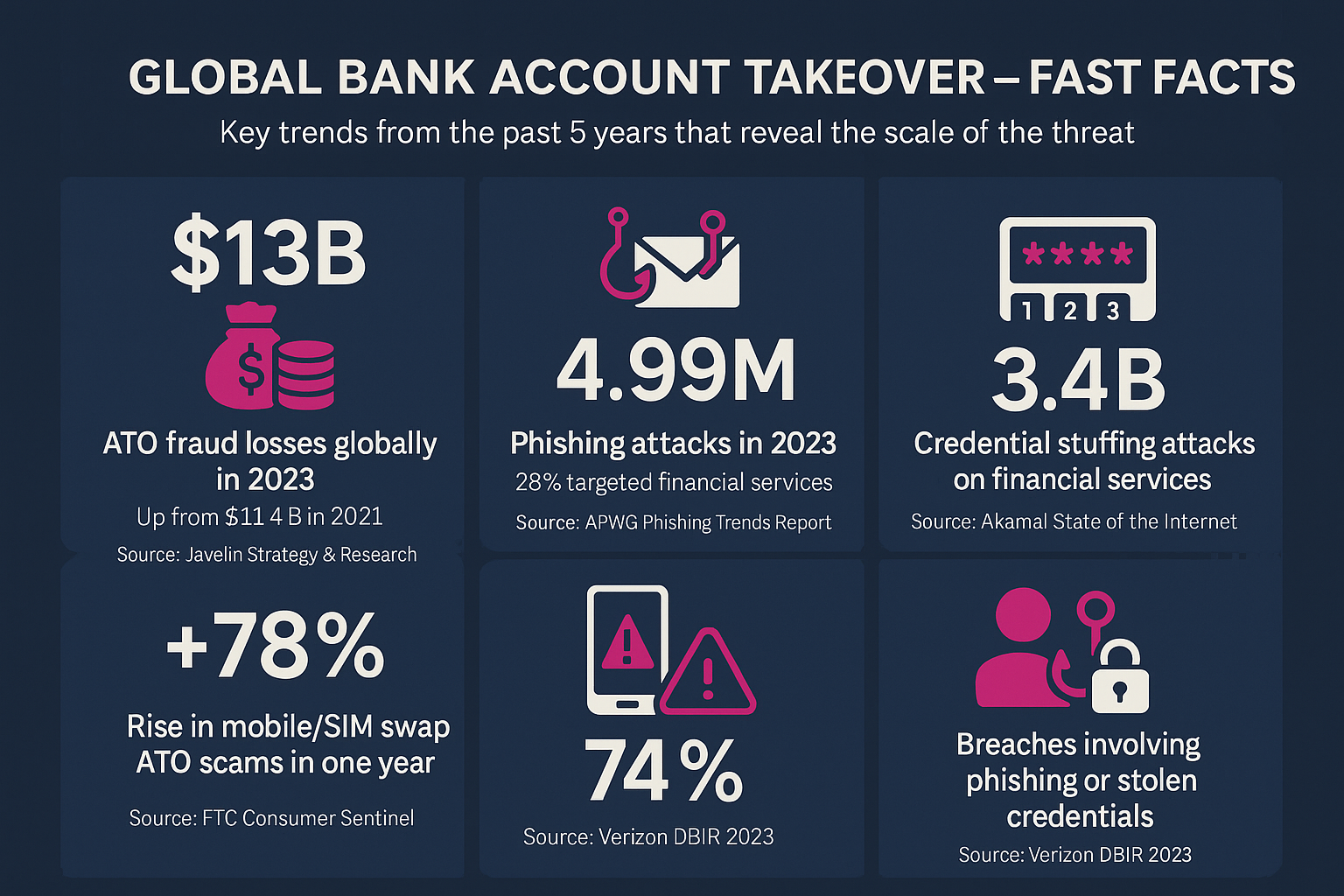
4. U.S. Banks and Zelle Fraud Wave (2022–2023)
Incident Recap
Attackers exploited social engineering to trick bank customers into “reversing” fraudulent Zelle transfers, in reality sending funds to attacker accounts. In other cases, phishing was used to gain credentials and initiate Zelle payments directly.
Tactic Used
-
Phishing in banking
-
Real-time social engineering for APP-style scams
-
Credential theft leading to instant funds transfer
How Memcyco Could Have Helped
-
Detect: Low-reputation referral detection from phishing origins.
-
Protect: Decoy credential injection to stop attackers before payment initiation.
-
Disrupt: Immediate lockout of suspicious devices post-login.
-
Reveal: Per-victim visibility to allow bank outreach before transaction completion.
-
Pre-empt: Suspicious login pattern detection for high-value transfers.
5. Robinhood Credential Reuse Breach (U.S., 2021)
Incident Recap
Attackers leveraged credentials from unrelated breaches to access Robinhood accounts, change linked bank accounts, and siphon funds. This is a textbook credential stuffing case.
Tactic Used
-
Credential stuffing
-
Account takeover via reused passwords
-
Exploitation of weak multi-factor enforcement
How Memcyco Could Have Helped
-
Detect: Browser-level credential stuffing detection, including failed and successful attempts.
-
Protect: Automated attacker lockout upon detection of replayed credentials.
-
Disrupt: Forensic insights to feed into the bank’s risk engine for ongoing prevention.
-
Reveal: Identification of reused credential patterns tied to specific breach datasets.
-
Pre-empt: Persistent device fingerprinting to prevent repeat attacks.
Patterns and Lessons Learned
Across these incidents, certain account takeover attacks stand out:
-
Phishing in banking remains the top entry point.
-
Credential stuffing is increasingly automated.
-
Mobile-layer attacks like FluBot exploit app trust.
-
Real-time fraud execution, such as Zelle scams, leaves no room for post-event remediation.
Most high-impact bank account takeover fraud incidents share the same DNA: phishing or credential reuse, rapid monetization, and exploitation of detection gaps. Real-time, browser-level and mobile-layer protections are essential to closing these gaps before damage occurs.
What Was Missing? Mapping Cases to Memcyco’s 5 Pillars
| Pillar | Capabilities that could have saved the bank (and its customers) | Example Case |
|---|---|---|
| Detect | Real-time phishing site warnings (Red Alerts), spoofed domain detection, website cloning detection, suspicious login pattern detection (including MiTM indicators), credential stuffing attack detection. | OCBC, Chase |
| Protect | Decoy credential injection to neutralize stolen data, suspicious device blocking, enforcement of trusted device policies, mobile API-level login telemetry for phishing-origin detection. | Canadian Bank, FluBot |
| Disrupt | Automated takedown initiation for cloned or spoofed sites, SEO poisoning defense to remove fake sites from search, deception campaigns using decoy data. | Chase |
| Reveal | Real-time visibility into individual victim identities, providing actionable per-victim insights to respond before harm occurs. | OCBC, Zelle |
| Pre-empt | Persistent device fingerprinting to detect repeat attack devices, low-reputation referral detection, early anomaly detection from phishing campaign testing. | All |
The Modern Reality: ATO Prevention Is now About ATO Preemption
Major banking ATO incidents have shown that post-event forensics, however thorough, cannot restore compromised trust or lost funds. Book a Memcyco product tour and discover the latest in preemptive cybersecurity. See how Memcyco accurately predict ATO attacks in-the-making, per-victim identification and intelligence, and proactive attack disruption at the point of compromise, enabling security teams to contain threats before exploitation.
FAQs About the Biggest Bank Account Takeovers in Recent Years
What is bank account takeover fraud?
Bank account takeover fraud occurs when attackers gain unauthorized access to a customer’s bank account, often through phishing, credential stuffing, or malware, and then use it to steal funds or conduct unauthorized transactions.
How do phishing attacks lead to ATO in banking?
Phishing attacks trick users into entering their login credentials on fake sites, enabling attackers to access their accounts directly or sell the stolen data.
What is the difference between credential stuffing and phishing?
Credential stuffing uses stolen usernames and passwords from other breaches to gain access, while phishing tricks victims into giving up credentials through fake communications.
How can banks stop Zelle fraud linked to account takeovers?
By detecting phishing origins, injecting decoy credentials, locking out suspicious devices, and contacting victims before transfers finalize.
How can real-time detection reduce ATO losses?
It allows banks to block attackers and protect victims in-session, preventing fraudulent transactions before they occur.
